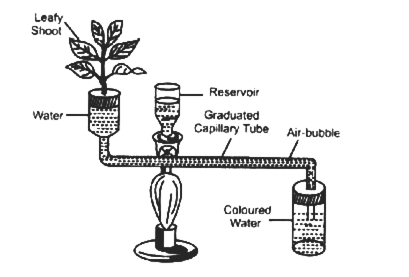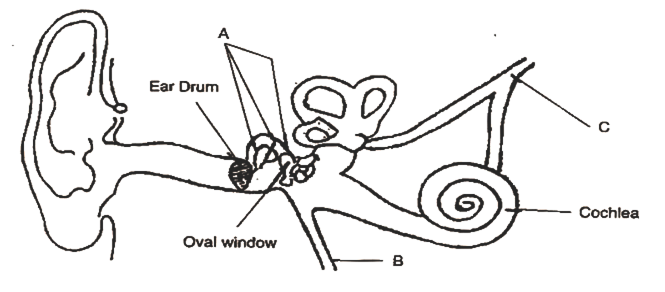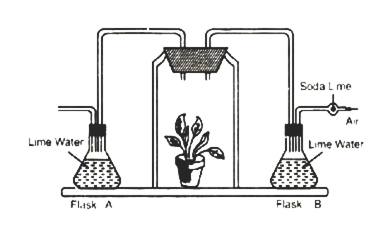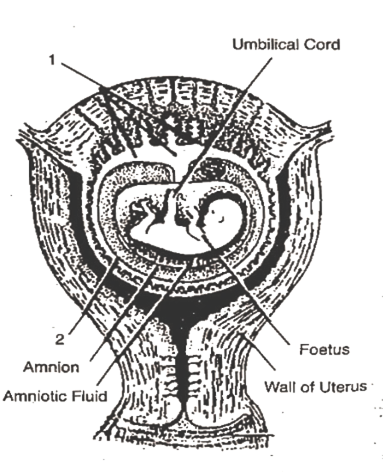 Short Answer Type
Short Answer TypeState whether the following actions are ‘voluntary action, simple reflex or
conditioned reflex:
1) Blinking
2) Cleaning the table
3) Playing on the keyboard
4)Salivating when food is put in the mouth Long Answer Type
Long Answer TypeGiven below is an apparatus used to study a particular process in plants. Study the same and answer the questions which follow:
(i) Name the apparatus.
(ii) Mention one limitation of this apparatus.
(iii)Which phenomenon is studied with the help of this apparatus?
(iv)What is the function of the part marked ‘Reservoir’?
(v) What is the role of the air bubble in the experiment?Given below is the diagram of the human ear. Study the same and answer the questions which follow:
(i) Give the biological term for the part labelled ‘A’ and state its function.
(ii) Name the part labelled ‘B’ and state its function.
(iii)Name the part labelled ‘C’ and state its function.
(iv)Give the function of ear wax.(i) Ear ossicles (malleus, incus and stapes): Ear ossicles receive vibrations from the ear drum and magnify them. The vibrations of the stapes are transmitted to the membrane of the oval window.
(ii) Eustachian tube: The Eustachian tube equalises the air pressure on either side of the ear drum allowing it to vibrate freely.
(iii)Auditory nerve: The auditory nerve transmits nerve impulses from the cochlea in case of sound and from the semicircular canals in case of balancing to the brain.
(iv)Function of ear wax:
1) Ear wax has insect repellent properties and hence prevents the entry of insects into the auditory canal. It also prevents the entry of dust particles.
2) It lubricates and protects the ear.
Given below is an experiment, set up by a candidate, to study the process of respiration in plants. The candidate failed to get the expected result as two mistakes were made while setting up the experiment.
(i) Identify and state the two mistakes made by the candidate.
(ii) What is the role of soda lime in the experiment?
(iii)What is the purpose of using lime water in flasks ‘A’ and ‘B’?
(iv)Give the chemical equation to represent the process of respiration.(i) Draw a neat and well-labelled diagram of the chloroplast.
(ii) List the events taking place in the photo-chemical phase of photosynthesis.
(iii)If you are planning an experiment to show the effect of light on photosynthesis:
1) Will you select white light or green light? Justify your answer.
2) Why would you select a destarched plant?Given below is a diagrammatic representation of a defect of the human eye.
(i) Identify the defect.
(ii) Mention two reasons for the above defect.
(iii)State how the defect can be rectified.
(iv)Name the part of the eye responsible for maintaining the shape of the eyeball.Name the hormones which lead to the following conditions:
(i) Diabetes mellitus
(ii) Growth of beard in women
(iii)Myxoedema
(iv)Gigantism
(v) Exophthalmic goitreStudy the diagram given below and then answer the questions which follow:
(i) Name the parts labelled 1 and 2. State the function of each part.
(ii) State any one function of amniotic fluid.
(iii)What is the role of the umbilical cord in the development of the foetus?
(iv)Name the part in the diagram which is endocrine in nature.